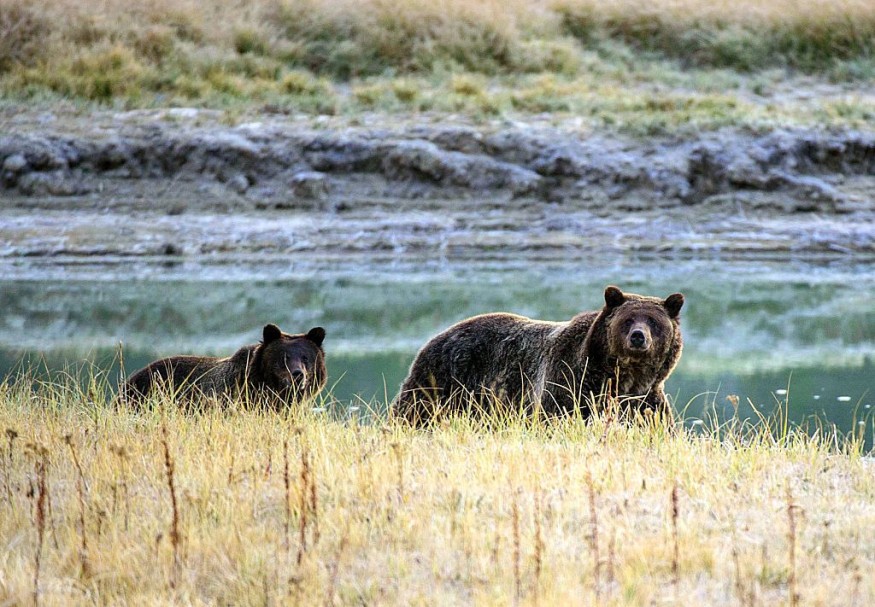
Beginning on Monday, United States Geological Survey USGS researchers will begin trapping grizzly bears for study in the region around Yellowstone National Park. Through August 31 in certain areas of the Custer Gallatin National Forest as well as on private property, baiting and trapping activities will be carried out.
The continuous recovery and effective management of grizzly bears inhabiting the Greater Yellowstone Ecosystem depend on research and population monitoring, according to a statement from the US Forest Service.
According to the US Geological Survey, grizzlies, who were previously common throughout the vast western North America, were down to only surviving in 2% of their original range by the 1960s. In 1973, the Interagency Grizzly Bear Study Team and Committee was established by the Department of the Interior.
Delisted at Steady Population
Due to population and range declines brought on by human activity, the lower 48 states were persuaded by its findings to classify the species as vulnerable under the Endangered Species Act in 1975.
According to the USGS, there may be less than 250 grizzly bears left in the greater Yellowstone ecosystem.
The bears are returning after nearly 50 years of investigation. According to the USGS, this might be the world's greatest collection of scientific data on any bear species.
As per USGS, the study team now believes that the population has recovered to at least 700. And thanks in large part to the grizzly bear's tenacity through decades of management and terrain changes, these bears have finally been taken off the list of endangered species under the Endangered Species Act. Detailed research that supports wise management decisions is also a factor.
Baiting, Trapping, Collaring
According to the US Forest Service, biologists will use natural food such as road-kill elk and deer to bait foot snares or culvert traps. The open end of a cage or enclosure that is a culvert trap shuts when the bait is pulled.
At least 25 adult females should be radio-collared every year, according to the committee, along with male grizzly bears.
According to USGS, data gathered from bears with radio tags may be used to track important population factors. The study team will monitor radio-collared bears to record data on first reproductive age, average litter size, cub survival, along with that of yearlings, how frequently a female gives birth to a litter, and reasons for death. The research team can estimate bear survival among various sex and age groups using this data.
Grizzly Bears in Yellowstone
Grizzlies may reach weights of 600 pounds and consume approximately 200 different types of food, including fungi, animals, and plants. According to the USGS, bears have a lifespan of up to 30 years but have a sluggish rate of reproduction.
The USGS added that since the mid-1980s, research has shown that Yellowstone grizzly bear populations have grown and their ranges have expanded. To ensure the continued viability of grizzly bears in the larger Yellowstone ecosystem, public involvement must be maintained in addition to the reliable scientific data that aids wildlife managers in protecting the Yellowstone grizzly bear.
To warn park visitors, wildlife officials posted signs in baited areas that were bright yellow, AOL reports.
Related Article : Newborn Bison Calf Euthanized After Interaction with Yellowstone National Park Visitor
© 2025 NatureWorldNews.com All rights reserved. Do not reproduce without permission.





